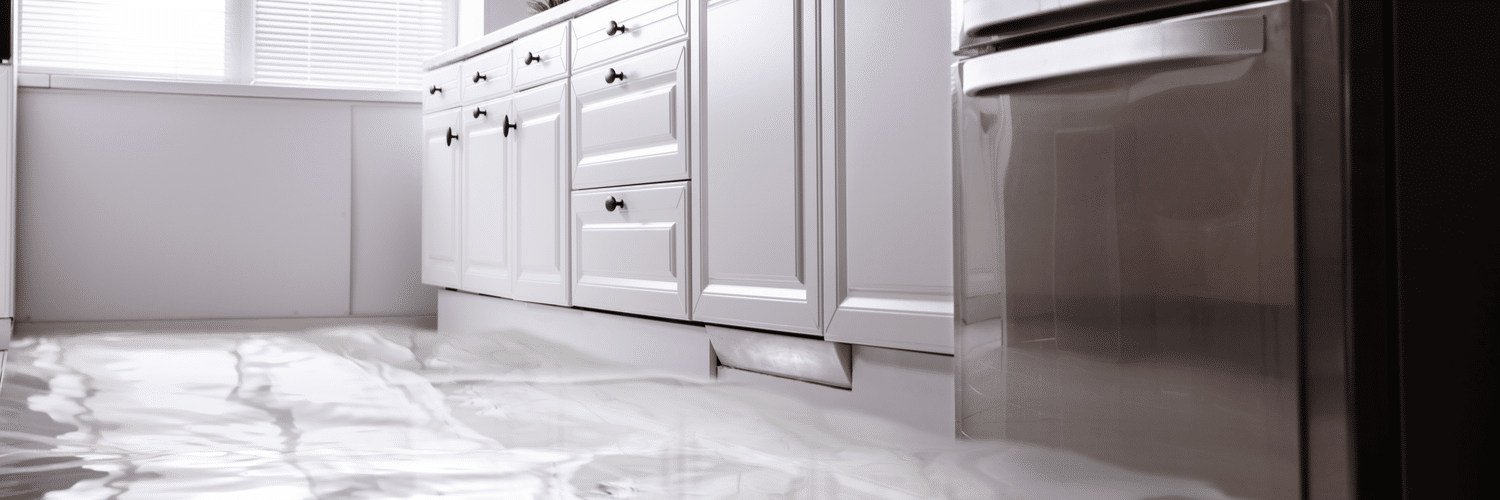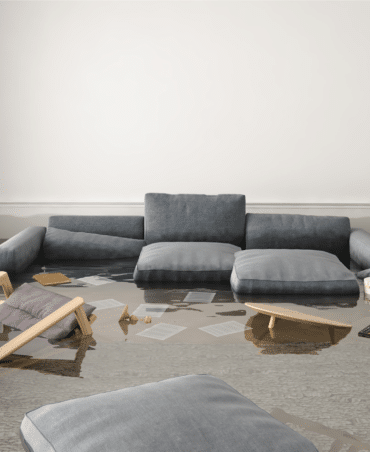Forced-Placed Flood Hazard and Contents

Forced-Placed Flood Hazard and Contents
What is it?
When homeowners fail to maintain or obtain sufficient flood insurance, lender-placed flood insurance helps lenders insure their real estate collateral and stay compliant through the complexities of flood insurance regulation.
Who needs it?
Any Federally regulated financial institution must determine, before making a loan, if the property is in a Special Hazard Flood Area (SFHA). If it is, then flood insurance is required by federal law. Lenders who underwrite residential and commercial loans in the United States may need flood hazard and contents policies for their financed properties.
Possible coverages
Flood hazard and contents policies protect the lender’s financial interest in a property. To this purpose, the policies’ physical damage insurance coverages often are restricted to only the lender’s investment.
Request A Quote!
Have More Questions?
If we haven’t answered all your questions or you’d prefer to talk to someone, please don’t hesitate to give us a call!
800-743-3898
What is forced-placed flood hazard and contents?
Flood hazard and contents force-placed insurance policies are specialized physical damage insurance that fills in gaps when property owners don’t obtain flood insurance or don’t have enough flood coverage. Because this is highly specialized insurance, lenders should work closely with a knowledgeable insurance agent, like QuieTrack, when selecting and setting up a force-placed flood insurance process.
Why do financial institutions need forced-placed flood hazard and contents policies?
Lenders that originate or service mortgages need insurance tracking and flood hazard and contents policies to comply with federal regulations as well as protect themselves against uninsured collateral losses. National banks and federal savings associations are required to track flood insurance and ensure flood insurance is maintained for the life of the loan for collateral securing a loan in a Special Flood Hazard Area (SFHA).
Flood hazard and contents policies are available for buildings, residential and commercial structures, and commercial contents. Any lender interested in protecting their portfolio’s collateral from the risk of flood should speak with us at QuieTrack.
What protections do forced-placed flood hazard and contents policies provide?
Flood hazard and contents policies are specifically designed to protect a loan’s collateral from the peril of flood.
Force-placed flood hazard and contents policies cover the lesser of the loan balance, replacement cost or the maximum coverage limit available from the National Flood Insurance Program (NFIP). The coverage protects the collateral from physical damage due to flood.
Regulation on force-placed flood insurance
The 2015 Flood Rule and most recently refined in the Joint Agencies Q&A in May 2022 established regulations stipulating when a lender may institute flood hazard and contents policies and when they must cancel those policies. The requirements for enacting and revoking these policies generally are as follows.
- Lenders must send the borrower a “45-day” letter when the borrower’s flood coverage is determined to be non-renewed, canceled, or insufficient. The purpose of this letter is to inform the borrower of their specific deficiency and notify them that they have 45 days to provide proof of flood insurance with no lapse in their coverage.
- Provided the 45-day letter has been sent and 45 days have passed, lenders must obtain flood hazard and contents coverage on the borrower’s behalf, effective the day that the borrower’s own coverage becomes deficient.
Flood regulation is complex and not to be taken lightly. Through QuieTrack’s 50 years of experience, we have refined our processes and understanding of proper compliance when it comes to flood insurance tracking and placement.
Who pays for flood hazard and contents policies’ premiums?
Although the physical damage insurance coverage that flood hazard and contents policies offer, typically benefit the lender, borrowers normally pay the policies’ premiums. This is because the borrower is required by their loan agreement and federal regulations to always carry flood insurance throughout the loan term.
How can a lender get flood hazard and contents policies?
For help purchasing lender-placed flood insurance, contact an agent at QuieTrack Insurance Services. Our agents have helped many lenders across the nation with their lender-placed insurance needs, and we’ll make sure your financial institution gets the coverage that it requires.

MORTGAGE FLOOD OPTIONS AVAILABLE
Request A Quote!
Give us a call to learn how we can relieve your insurance tracking headaches so you can focus on your core business.




